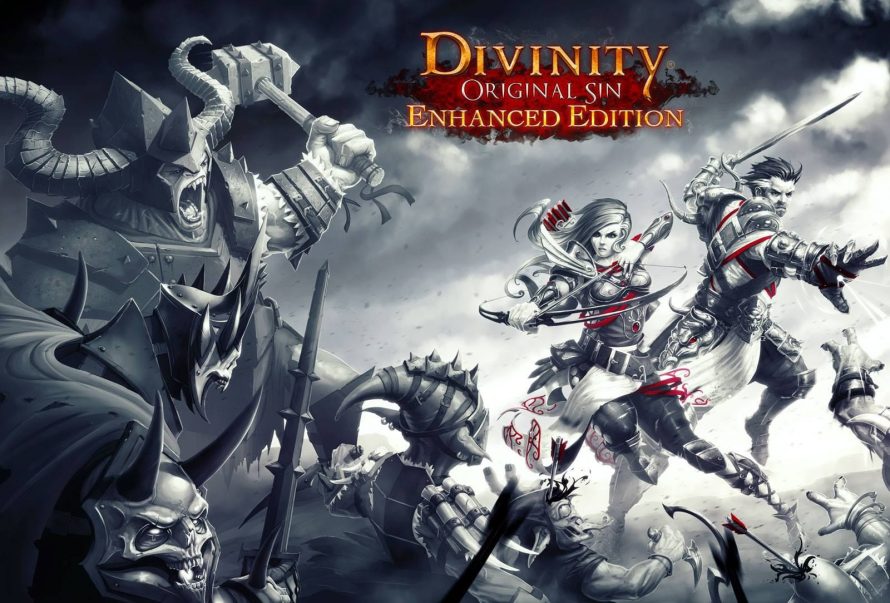

Poison is highly flammable so throw a poison dart at an enemy and then hurl a fireball at it for some spectacular results. It pretty much works in the same way as the first Original Sin did and the name of the game is to play different elements, and the environment against each other. Each character has a limited number of action points for their turn, with the option to save some AP for subsequent turns. Unlike other games, such as Pillars of Eternity or Baldur’s Gate that rely on a pause mechanic, Original Sin 2 is completely turn-based. During combat encounters, the game takes on an almost XCOM-like quality in how it operates. The star of the first Original Sin was undoubtedly its deep, tactical combat and it is nice to see it make a comeback, just as hard, for the second game. The other Origin characters can later be recruited into your party if you like and I would say that they all have interesting stories that are well worth exploring throughout the game.

So, it is a testament to how well Larian presents their cast of characters that I skipped making my own and picked one from their roster instead. As a general rule, I never choose the prefab characters in RPGs since making my own character will teach me a bit about how the RPG mechanics work. To avoid a second death, you put a bucket (or a helmet if you’re a bore) on your head and you drink poison to heal your wounds. Being undead also comes with a different set of ordeals: You can’t go around showing your bones to people since they’ll freak out and attack you, and you can’t get healed through normal means since you aren’t really alive.

It is also one of the only RPGs I can think of that lets you play as an undead character, of any race, you get to choose freely from skeletal lizardmen, dwarves, humans or elves who each bring some of their own traits to the table. No, they are cannibals that gain memories and knowledge by eating the flesh of sentient beings. For instance, elves are old, wise and bursting with knowledge, but not because they sit around studying and discussing things for thousands of years. Already at the character creation screen, you get a taste on how Larian Studios has put their own spin on classical fantasy archetypes. What is unique in this case is that you also have the option of choosing one of several premade ‘Origin’ characters that have their own storylines, personalities, and voices, as well as some unique quirks of their own. Like most RPGs, Original Sin 2 starts with you creating your own character. The personal stakes are higher, and things are far more serious than how the first game started out. A lot of the game is centered around why people fear you so much and why trans-dimensional beings called the Voidwoken breaks into the realm when Source is used. The beginning of the game finds you on a boat on your way to an island prison for Sourcerers, powerful mages who can use source magic, and your first order of business is to find a way to escape your predicament before you get ‘cured’ of your source ability. Don’t get me wrong, there is still plenty of silly, Python-esque humor and situations to be had, but Larian seems to have turned down the knob a smidge since last time. While the first game started hitting you with its goofiness and silly antics almost from the first frame, Original Sin 2 is a bit more buttoned up and starts out as a far more generic fantasy world. One of these changes is that apparently during these centuries the world also grew up and started taking itself a bit more seriously. Taking place many centuries after the events of the first game all of the characters are long gone and a lot of the world has changed. It is also the first time the game is available on consoles and I am very pleased to say that the port is excellent in every possible way.Īlthough it is a sequel, Divinity: Original Sin 2 has very few ties to the first game. Now that the sequel is finally here in its definitive form,offering a slew of bug fixes and optimizations in gameplay as well as a brand-new difficulty setting for those who became overwhelmed by the difficult combat in the first release. It was a true gem in so many ways and I was really excited when a sequel got greenlit. But most of all, it overhauled and created a new style of combat for RPGs that was infinitely enjoyable and replayable, though ultimately a bit prone to exploitation. What was so refreshing about Original Sin was that it didn’t go for obvious nostalgia, but sought to take the genre in new and exciting directions.įor example, it didn’t take itself very seriously, one of the first conversations you had in that game was with a talking shellfish and the whole game had a distinct indie and scruffy feel to it. It was one of that year’s most pleasant surprises and one of the early Kickstarter successes. Back in 2014, a quirky little game from Larian Studios called Divinity: Original Sin was released.


 0 kommentar(er)
0 kommentar(er)
